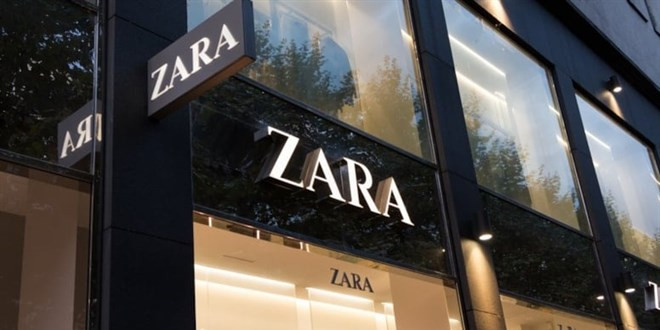In this blog series, we explore how major companies leverage technologies like artificial intelligence and data science. This time, our focus is on Zara. We’ll look at how a fashion brand uses technology to develop products, manage inventory, and operate its store network.
Zara’s Data-Driven Fashion Revolution
While traditional fashion brands prepare their new season collections months in advance, Zara can deliver fresh collections to its stores in just a few weeks. For a global brand, preparing for a season and getting products to customers in such a short time is highly unusual.
So, how does Zara achieve this? The answer lies in data science.
By analyzing customer data, Zara can almost predict which products will sell best, in which country, in which size, and in which color. From production to store shelves, every step is guided by real-time sales data and algorithms. This strategy not only reduces the risk of overstock but also positions Zara as a trendsetter in the industry.
Zara’s Data Collection System
The key to Zara’s success is its implementation of real-time data flow strategies in every store. Each Zara store operates like a sensor. Store managers regularly report which products are popular, what’s missing, and what’s overstocked to the central office.
At the same time, every product scanned at the cash register is instantly recorded as sales data in the central system.
Zara’s e-commerce platform also analyzes user actions such as searches, clicks, adding to favorites, and purchases—providing strong signals about which products are likely to trend.
These data points go beyond sales figures, capturing customer preferences, geographic habits, seasonal trends, and even product-specific issues. Zara’s algorithms process this information to forecast which products should be highlighted in which regions each week.
Sales Forecasting and Trend Analysis
One of Zara’s greatest strengths is its ability to almost predict customer demand. By analyzing real-time sales data, the company identifies which products are most popular in specific cities or countries.
For example, if a red dress sells out quickly at a store in Istanbul, the system automatically detects it. When this information reaches the central office, the production line responds immediately, redirecting the product to high-demand regions. At the same time, designers may prioritize creating similar items in the same color and style.
Zara leverages machine learning algorithms for:
- Time-series forecasting based on past sales
- Preference analysis by attributes such as color, pattern, and size
- Automated product allocation based on seasonal and regional differences
This ensures the right product is in the right place at the right time—minimizing overstock risk and maximizing customer satisfaction.
Production and Supply Chain
Zara’s supply chain is a flexible, fast system fueled by data. Much of its production is based in European countries like Spain, Portugal, and Turkey. This enables faster product delivery compared to production in the Far East.
The company’s core strategy is:
- Produce in small batches, ship quickly
- Reproduce based on sales data
Zara often starts with low stock per product. If an item sells faster than expected, the data system instantly signals for new production. This creates a constant balance between supply and demand.
As a result:
- Inventory costs decrease
- End-of-season discounts become less necessary
- Unsold product rates drop significantly
Zara’s AI-Powered Systems
Zara doesn’t just forecast trends—it uses AI-powered decision-making systems to manage operations, including:
Optimizing store layouts (which products go where)
Running A/B tests on product thumbnails and photos
Automatically detecting new trends from social media and search engines
For example, Zara uses natural language processing (NLP) to analyze product descriptions and customer reviews. This reveals what customers like or complain about, directly influencing the product development process.
The Takeaway
The Zara example proves that data can revolutionize not only tech companies but also traditional industries. Data analysis, forecasting, and AI are replacing gut instinct in the fashion world. Now, it’s not people but data-driven systems deciding what will be in style.
Zara’s success reminds us of one thing: “Whoever masters the data, masters the competition.”





Comments
No comments yet
Be the first to comment!